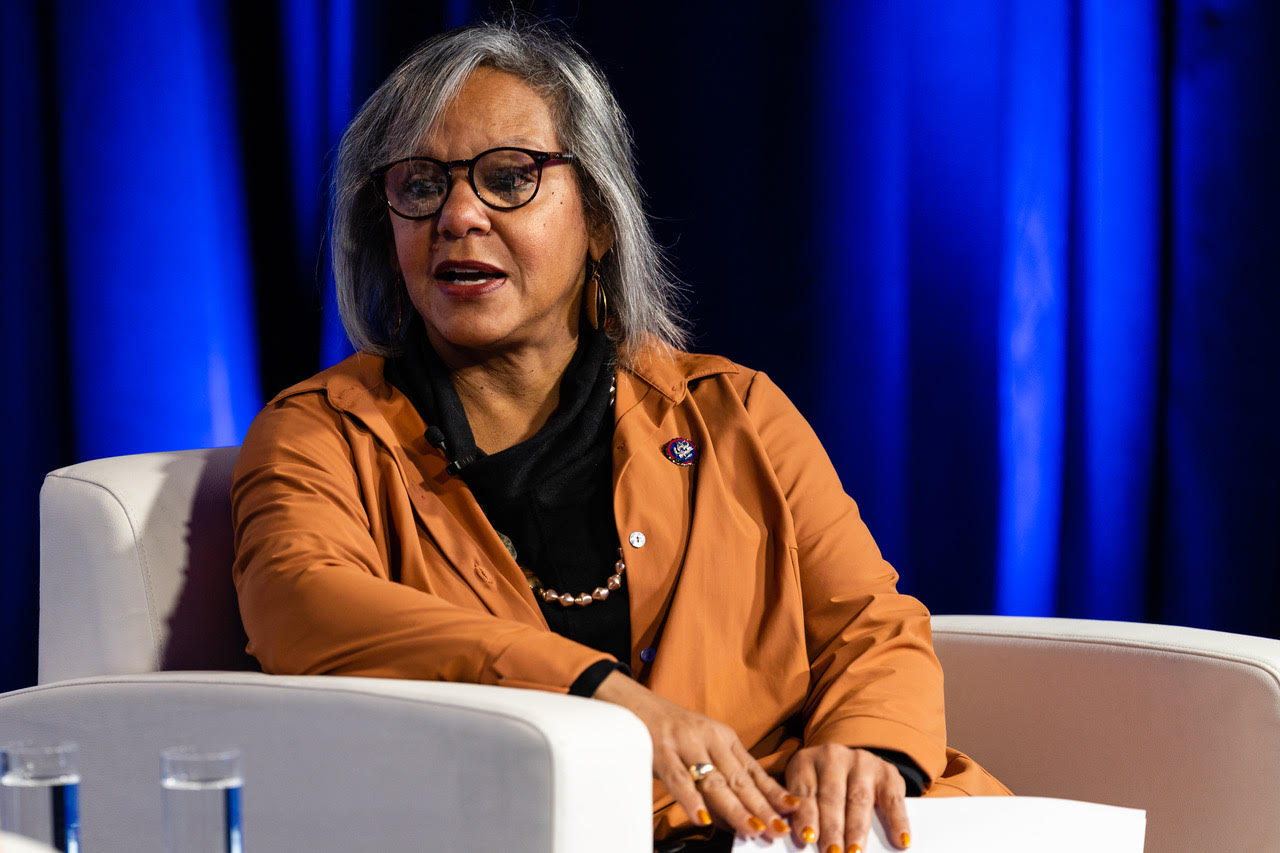Phobia – From the Greek: φόβος, Phóbos, meaning “fear” or “morbid fear”
Phobias: a persistent (and often irrational) fear of an object or situation.
Greek physician Hippocrates (470-410 B.C.E.) first described phobias
500 years after Hippocrates, Roman doctor, Celsus used the word hydrophobia for a patient who feared water.
NOW:
400: number of phobias recognized by the medical profession.
Top 10 Phobias
Percent of US Population
- Fear of public speaking – Glossophobia 74 %
- Fear of death – Necrophobia 68 %
- Fear of spiders – Arachnophobia 30.5 %
- Fear of darkness – Achluophobia, Scotophobia or Myctophobia 11 %
- Fear of heights – Acrophobia 10 %
- Fear of people or social situations – Sociophobia 7.9 %
- Fear of flying – Aerophobia 6.5 %
- Fear of confined spaces – Claustrophobia 2.5 %
- Fear of open spaces – Agoraphobia 2.2 %
- Fear of thunder and lightning – Brontophobia 2 %
3 Categories of Phobias
Specific Phobias
Persistent fear and avoidance of a specific object or situation. (examples: Spiders, Flying, Water, Heights, or contracting a specific illness)
Typical age of onset: 7
Affects: 19.2 million American adults age 18 and over.
Fear and Worry Statistics
Percent of things feared that will never take place 60 %
Percent of things feared that happened in the past and can’t be changed 30 %
Percent of things feared that are considered to be insignificant issues 90 %
Percent of things feared in relation to health that will not happen 88 %
Social
AKA Social Anxiety Disorder: a persistent fear of being judged, watched and criticized by others, or of public situations leading to embarrassment or humiliation.
Typical age of onset: 13
Affects: 15 million American adults age 18 and over.
The lifetime prevalence rate for developing social anxiety disorder is between 13 and 14 percent.
Symptoms of Social Anxiety Disorder
- People suffering from social anxiety disorder can experience significant emotional distress in the following situations:
- Being introduced to new people
- Being in large groups of people
- Being teased or criticized
- Being the center of attention
- Being watched while doing something
- Meeting authority figures
- Most social encounters, especially with strangers
- Going around the room, or table, in a circle and having to say something
- Eating or drinking in front of others
- Writing or working in front of others
- Being the center of attention. Interacting with people, including dating or going to parties
- Asking questions or giving reports in groups
- Using public toilets
- Talking on the telephone
Physiological Symptoms
The physiological symptoms that can accompany social anxiety may include:
- Constant and intense anxiety
- Intense fear
- Racing heart
- Turning red or blushing
- Excessive sweating
- Dry throat and mouth
- Trembling
- Swallowing with difficulty
- Muscle twitches
- Panic attack
Agoraphobia
Agoraphobia: intense fear and anxiety of any place or situation where escape might be difficult, leading to avoidance of such situations. (example: Traveling in a car, bus, airplane, elevator, or being in a crowded area)
Typical age of onset: 20
Affects: 1.8 million American adults age 18 and over.
Diagnostic criteria for agoraphobia include a severe fear or anxiety about two or more of the following situations:
- Using public transportation, such as a bus, plane or car
- Being in an open space, such as a parking lot, bridge or large mall
- Being in an enclosed space, such as a movie theater, meeting room or small store
- Waiting in a line or being in a crowd
- Being out of the home alone
Celebrity Phobias
Scarlett Johansson: Ornithophobia – The fear of birds.
Orlando Bloom: Swinophobia – The fear of pigs.
Megan Fox: Bacteriaphobia – The fear of germs and bacteria.
Billy Bob Thornton: Chromophobia – The Fear of bright colors.
Madonna: Astraphobia – The fear of thunder and lightning.
Oprah Winfrey: Chiclephobia – The fear of chewing-gum.
Nicole Kidman: Lepidopterophobia – The fear of butterflies.
Phobias You May Not Have Heard Of
Anablephobia- Fear of looking up
Anuptaphobia- Fear of staying single.
Bibliophobia- Fear of books.
Cathisophobia- Fear of sitting
Ephebiphobia- Fear of teenagers.
Genuphobia- Fear of knees
Hellenologophobia- Fear of Greek terms or complex scientific terminology.
Helminthophobia- Fear of being infested with worms
Logizomechanophobia- Fear of computers.
Meningitophobia- Fear of brain disease.
Omphalophobia- Fear of belly buttons.
Phobophobia- Fear of phobias or fear.
Sources:
http://hiperfdiy.wordpress.com/2012/05/28/the-history-of-phobias/
http://www.statisticbrain.com/fear-phobia-statistics/
http://sierratucson.crchealth.com/
http://www.adaa.org/understanding-anxiety/social-anxiety-disorder
http://www.mayoclinic.org/diseases-conditions/phobias/basics/tests-diagnosis/con-20023478
http://www.nimh.nih.gov/health/topics/social-phobia-social-anxiety-disorder/index.shtml
http://www.nimh.nih.gov/health/publications/the-numbers-count-mental-disorders-in-america/index.shtml#Social
http://www.ietherapy.com/social-anxiety-disorder/statistics/social-anxiety-disorder-statistics.php
http://www.fool.com/investing/general/2014/01/24/the-10-most-common-phobias.aspx
http://www.dailymail.co.uk/health/article-37000/Trapped-web-phobias.html
http://www.ibtimes.com/top-10-weirdest-celebrity-phobias-famous-faces-their-fears-photos-390106









